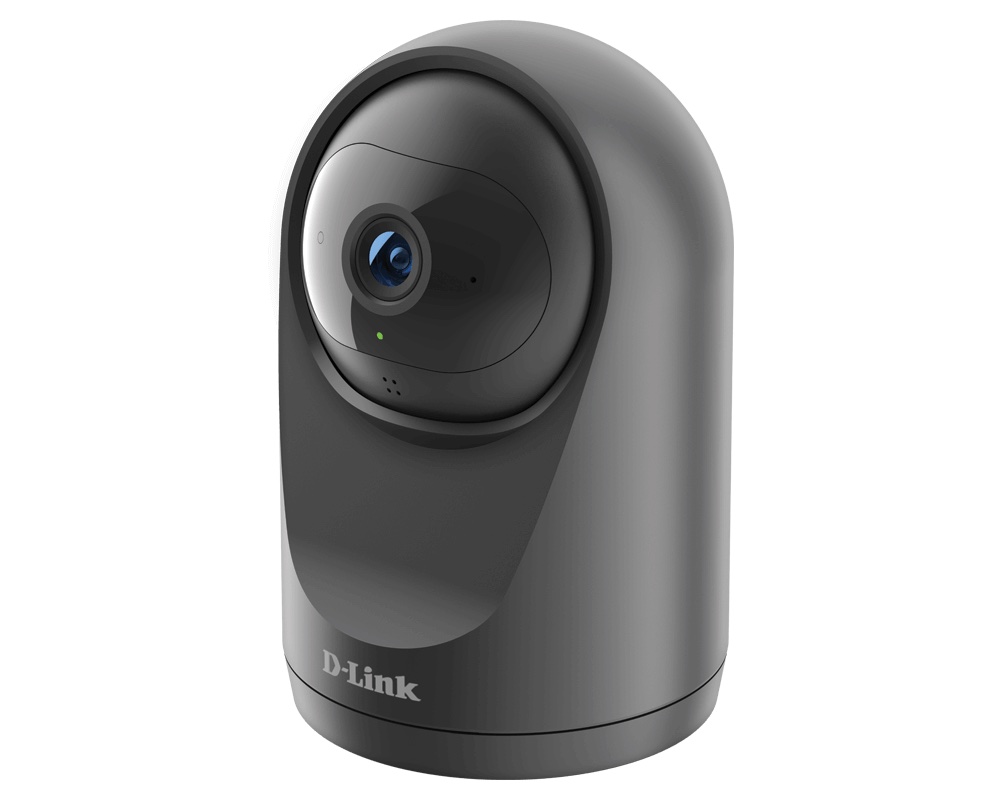The last 18 months have driven phenomenal growth in the ecommerce sector, with the first eight weeks of FY21 alone delivering 80 per cent ecommerce growth for Australia Post. There has been a boom in Australian creators and entrepreneurs bringing their ideas to life through easy-to-use retail operating systems, and a whopping 100,000 of those have been on Shopify.
As opposed to traditional software, which took months and hundreds of thousands of dollars to customise, today’s off-the-shelf options enable new stores to be up and running in a matter of minutes, and expanded partnerships, such as those with the Victorian State Government, are also introducing financial and training benefits for those joining the ecommerce world for the first time.
One of the most common challenges I come across with small business owners is search engine optimisation (SEO). Many small businesses find getting an ecommerce site online to be the easy part, but driving traffic to the website with SEO can be complicated. There is an overwhelming amount of information about SEO online, and with the constantly changing algorithms of different search engines, it can be difficult to keep updated with the technical side of things.
For those who are new to navigating SEO for ecommerce websites, here are some basics worth investing some time in. For those already using Shopify, you can find some specific SEO improvement tips here.
1. Do your keyword research
Keywords are the queries and phrases people use and type into search engines to find what they’re looking for. When it comes to choosing keywords, you want to select ones that will help your web page rank highly in search engines — helping people get connected to your page faster, not your competitors’ pages.
To do this, it’s important to consider the customer journey in using search engines, and back this up with the use of the many SEO tools available.
Understanding the intent behind a customer’s search query will help you identify the right keywords. It might be to seek information — such as ‘how to’ or ‘what’ or ‘why.’ In this case, providing web content that genuinely helps and provides answers to these questions ranks well. Other times, people are searching for a product — either knowing what they are looking for at the outset or wanting to confidently make a choice to purchase something. In this case, customers are demanding information first, and make a transaction later.
Use the paid or free tools at your disposal to select the correct keywords. There are a great many available, but the best free tools for Chrome are Keyword Surfer and MozBar, both available as extensions.
2. Match search intent
Whether you are aiming to match an informational or transactional search query, Google and other search engines’ primary aim is to rank the pages with the best chance of concluding the customer’s journey.
It’s fairly easy to get a robust idea of what your search intent can and should be: just turn to Google. Look at the top 10 results when you type in your expected keywords and take note of whether they are transactional or informational based. Top ranking websites will generally have a combination of both. Furthermore, observe the ‘related searches’ box at the bottom of Google — it will give you an idea of what customers are expecting to find from their search query.
For example, typing in ‘earl grey tea’ yields related search results such as: ‘earl grey tea recipe,’ ‘earl grey tea benefits’ and ‘earl grey tea ingredients.’ Such phrases are useful when building out content across your site.
3. Optimise your content
Content optimisation helps your website pages rank higher in search results related to their target keyword. This involves taking a microscope to each of your web pages, looking closely at the written content, meta descriptions, and title tags.
To begin, ask yourself this simple question: “how can I make it clearer to customers what this page is about?”
- Does the heading easily describe what is on the page?
- Is the keyword regularly featured in the written content of the page?
- Does the meta description entice you to click through?
- What are the image file names? Do they have alt text filled in that translates what is displayed in the image?
Once you’ve got the basics of SEO, make sure it does not become a “set and forget” exercise. There are many aspects to SEO, where the rules are constantly evolving, and often, so is the behaviour of your customers. Learning new digital tools and building skills does take some time and focus, but for long-term success and continued growth, an ongoing and iterative approach to SEO will help deliver the results entrepreneurs are working hard to achieve.
By Jasmine Workman, Senior Regional SMB Lead, Shopify APAC
